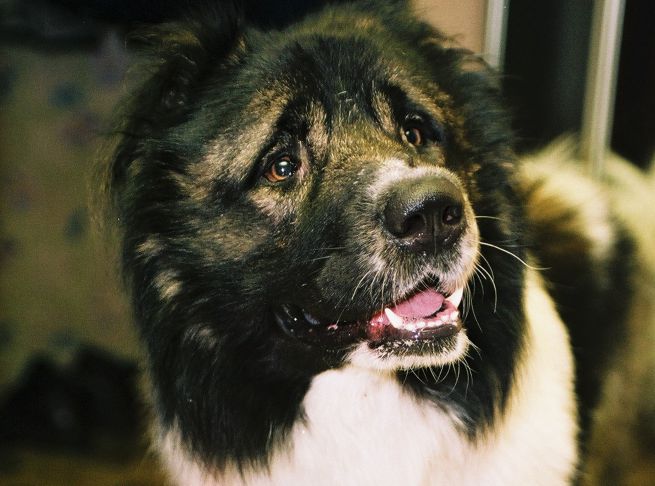The dog understands everything, but cannot answer in a human way: is this true - how to talk to a dog
According to statistics, 80% of owners talk to their pets.
This can often be seen on the street, when a tailed friend runs alongside, and a person walking next to him praises him or shouts “ugh, you can’t” at every attractive trash can.
Dog owners can be divided into two groups:
• Conversation via commands
• Heart-to-heart conversationalist
The first group believes in the magic word “no”, saying it at every convenient and inconvenient opportunity.
And they sincerely do not understand why the dog cannot sit quietly, as ordered, or not touch a bag of bones on the street. And others pour out their whole soul to the dog, tell how their day went and what idiots everyone at work is. Such people believe that the dog understands everything, but does not know how to speak human language.

In reality, everything is completely different. The dog does not understand everything. But the more you communicate with it, the faster it adapts to its owner and learns to speak so that it can be understood.
The only nuance: you need to start talking to your tail from childhood and do it correctly, like with a child. Everything that a dog needs for life, it learns quickly, for example: "Fluff, do you want to eat?"
Everything that concerns a dog's daily routine needs to be discussed, starting with the names of toys and ending with washing paws after a walk.
There is no need for complex narratives here, it will be enough to show, for example, a ball, say what it is and how fun it will be to throw it all over the apartment or street.
After some time, the dog will begin to respond to the word “ball” and be happy about the upcoming game, or get upset when there is no desire to play.
Animal researchers claim that a dog can remember more than 200 words. They better have a functional meaning.
The more clearly you show and tell the meaning of a word to the dog, the faster it will remember it.
For example, when putting a treat in a bowl, you can ask, "Do you want to eat?" And when the dog approaches with a questioning face, you can start a dialogue and ask what it wants: "Drink, eat, go for a walk, go on the couch, play, or be petted." The dog will definitely respond to something.
There is another way to learn to talk to a dog - to voice the dog's actions as soon as he is about to do them.
For example, a furry friend sits with his tongue hanging out near an open window, and then gets up and heads towards a bowl of water.
You can say: "Go, Pushok, have a drink," and he will go, since he has already gone for this. But later he will associate the words with his mood at such moments and will go to drink at the request.
This works great when the dog is running around and enjoying life outside, and the owner is standing there nervously looking at the clock, waiting for the dog to go to the toilet.
It is also necessary to talk to the dog in those cases that the owner does for his dog himself.
For example, during a walk you hear the roar of a car engine somewhere and of course you need to step aside and let it pass. The owner pulls the dog by the leash to the side.
And if every time in such situations you say, “There’s a car nearby, let’s let it pass,” and lead it to the side, then soon the dog will learn that when you hear the word “car,” it needs to move to the side of the road and will do it on its own.
This method works great when you need to avoid jumping on guests, leaving an animal behind, or letting grandma go feed the stray cats.
Provided that the dog already knows these words. And if you teach the dog the phrase "Calm down, everything is fine" or something similar, then even in the most terrible situation it will be calm after the encouraging words of the owner.
If you tell your dog the routine of his day, frequent actions and names of objects, he will learn to understand what is wanted from him.
Speaking in words that the dog understands and patiently explaining everything makes the dog's life predictable and therefore calm.
Earlier we wrote about how to teach a dog commands.
